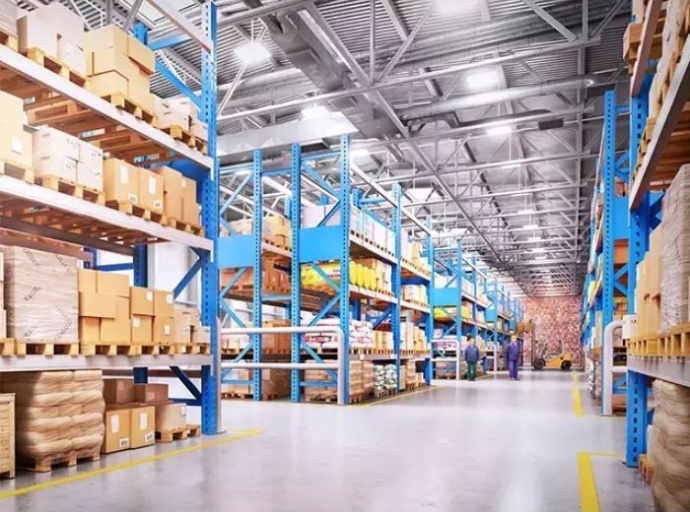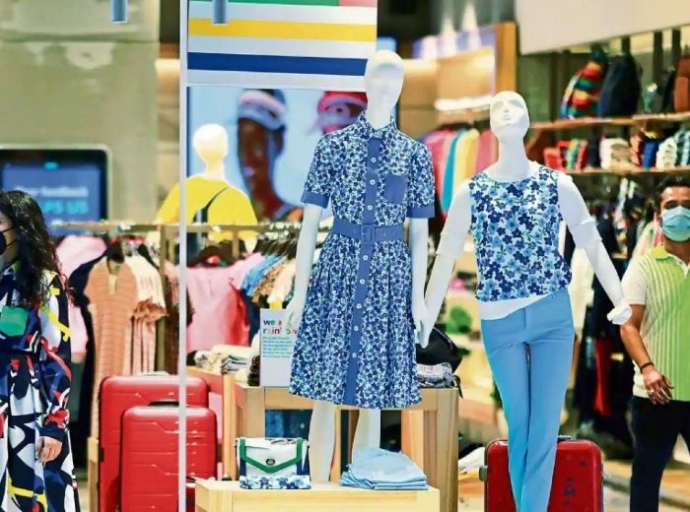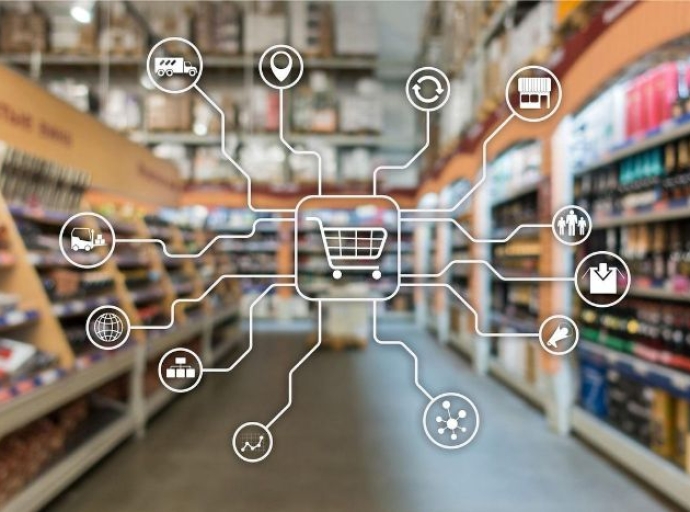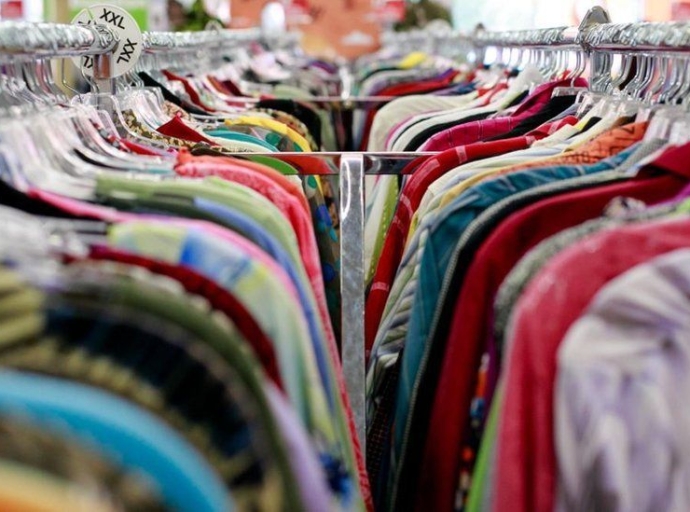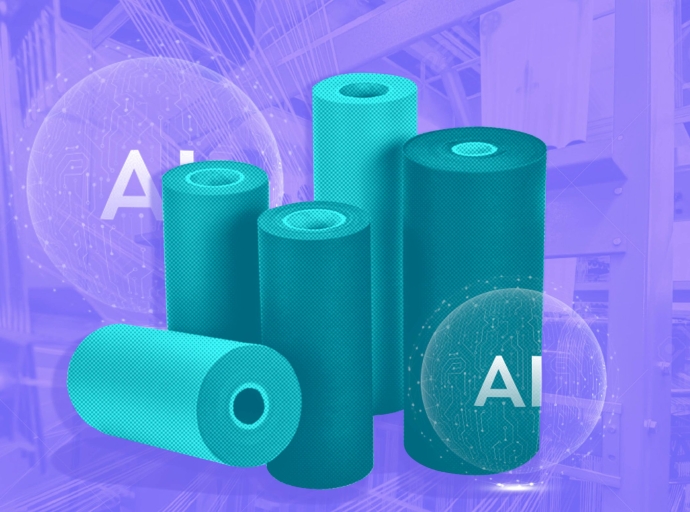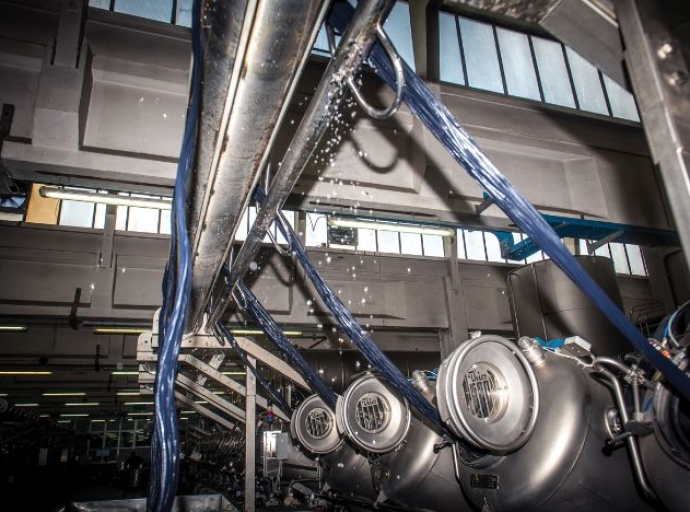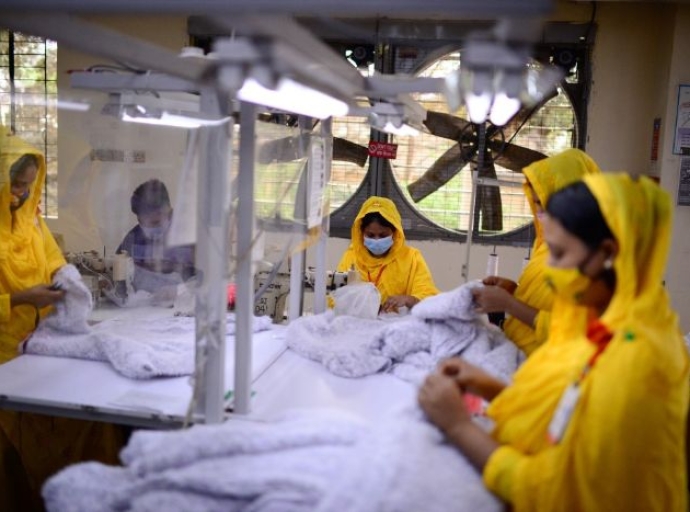10 November 2022, Mumbai:
The wedding festival which is just not an occasion but factually is more a riot of emotions well-primed to set the mood/context for the ongoing weddings & bells season 2022-23 with brands, designers, retailers, wedding planners, and all the actors of the trade presently busy putting together curated experiences, making customer-centric services, shopping gratification around human emotions and building cherishable moments and way beyond, driving up demand to make marry of the prevalent situation when India is celebrating 1st normal year in last three years amid the global slowdown.
Indian Wedding Buzz
Putting Indian fat Weddings in context as the proverb goes," Marriages are made in Heaven and Solemnized on Earth" no surprise that one does not leave any stone unturned ensuring that one's marriage ceremony is the greatest life spectacle is nothing short of a timeless lifetime memory/event of life.
The industry estimates that wedding season accounts for some ballpark figure of 15-20% for the general apparel/clothes industry trade sales (gross), whilst if one were to look at the criticality of weddings in the overall retail pie it contributes a fat 60% or thereabouts directly or indirectly incidental to wedding festivities/marriage occasions in the form of jewelry gross sales/sales arising out of cosmetics firms. Besides driving supplementary business opportunities in the form of valuable gifting options for the beloved ones/the newlyweds and their kiths and kin.
Occasion-centric goods take a festive splash
As we usher in this wedding shopping & season of bells trade is poised to make up for what it lost during the last two years when COVID-19 had cast a shadow on the exuberance/enthusiasm stymying the sales volume bringing together a bucket of bundled experiential services to making season playbook playout adding both convenience and loads of fun.
ELECTRIFYING; Party is just begun with no double thoughts from free-wheeling complimentary styling consultation to BINDAAS carefree shopping and a fashion counselor/marriage planner seeking to address customer queries related to the Wedding & Bells Shopping festival rollout with élan and, there is secular optimism that trade is well poised to achieve or can exceed too the expected trade value and volume growth given the sentiments' bounce back & buying momentum experienced ever since the onset of the festive season 2022.
The flavor of the season is value propositions so to say, as the industry gets into a festivity period beyond Diwali and its extended run till Christmas & New Year's eve enriching buying/shopper experience like ready reckoner for the best and latest, a combination of an assortment of offerings from luxury goods & trousseau, all is at the core to amplify manifold the curation and brand offerings lined up for the shoppers.
Furthermore, Helping out with material new launches and an array of customer-spoiling/pupil-dilating indulgence options at retail, mall spaces, and e-tailers' bonanza all contributing to driving growth to shore up trade and commerce prospects despite some margin erosions out of persistent & sticky inflation as we write.
GUESS WHAT! Can there be any better time of the year Or season-time to roll out material new launches, trying out many options and giving a leg up to your brand on the back of curated sales-marketing campaigns to leverage the twin excitement of Christmas & New Year to create an apt business-brand buzz?
The same can be amplified by commensurate to the occasion & season-time performance marketing content and arguably giveaways supporting build elevated social awareness and vetting the appetite of discernible customers to write home about.
Living in an uncertain world
How long the party will go; Given "Economic Headwinds" there are many moving parts including persistent sticky inflation, softening of consumer sentiment, particularly in low ticket article/consumer downgrading, and any other unknown potential dampeners as a lot of macroeconomic global variables are playing out in the background. But still, we continue to be constructive on the season.



